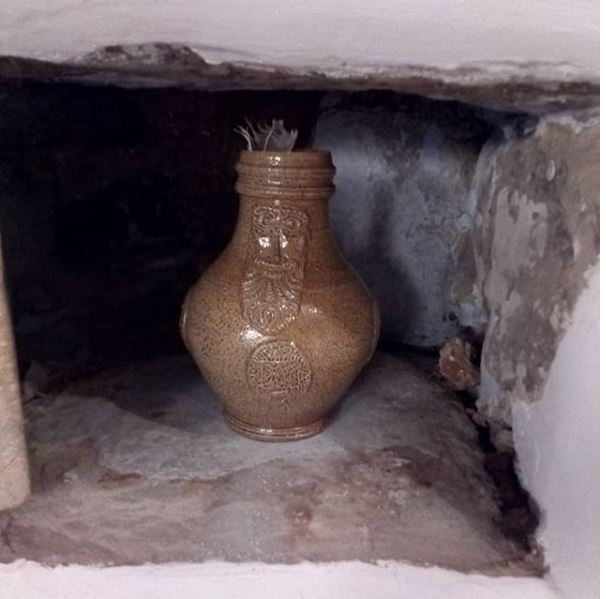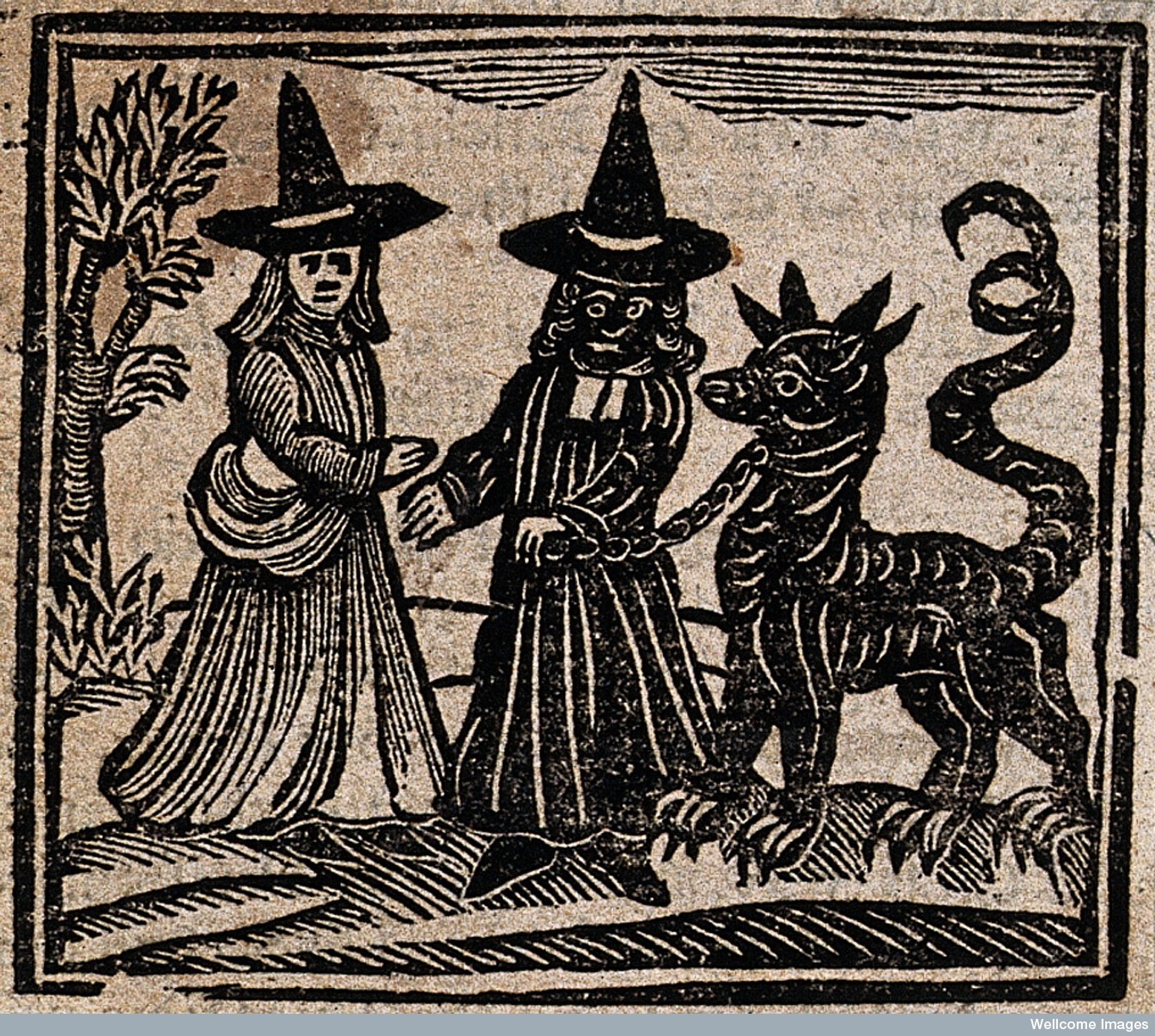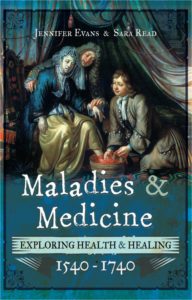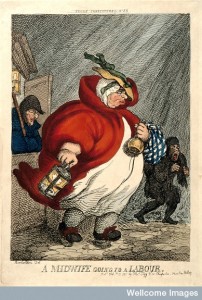
Since it is Hallowe’en, in this post we look at how bodily waste: urine, hair, and nail clippings were common ingredients in spells, charms against something, and also in spells to remove other spells.

On 1 June 1682, a woman called Jane Kent found herself in the dock of the Old Bailey in London accused of witchcraft.
The charge was a serious one, for amongst other things, she was accused of causing the death of a five-year-old girl by diabolic means.
The charges stemmed from a dispute between Kent and the father of Elizabeth Chamblet, the deceased child, over the sale of some pigs. It seems Chamblet had concerns about supplying the animals without cash up front, and so backed out of the deal.
In his evidence, the man claimed that Kent ‘first Bewitched his Swine,’ – the pigs he wouldn’t hand over – but more worryingly ‘that a while after his Daughter fell into a most piteous Condition, Swelling all over her Body.’ The child also turned a strange colour before dying suddenly.
He farther deposed, that she also Bewitched his Wife , and that after the death of his Daughter, he went to one Dr. Hainks in Spittle-Fields, who advised him to take a quart of his Wives water, the pairing of her Nails, some of her Hair, and such like, and boyl them, which he did, in a Pipkin [earthenware pot or bottle].
After doing this he was certain he could hear Jane Kent screaming which sounded for all the world like she was being murdered. The next day it seemed like the procedure had worked to counter the spell for Kent appeared swollen and bloated as her spell rebounded on her.
The case against Kent failed after she successfully argued that she was a regular church-goer and of good character.
The counter-spell recommended by Dr Hainks, worked by turning the curse back on its originator, using parts of the bewitched – in this case her urine, hair, and nail clippings. As well as a counter measure, some households used these as protection by placing the family members’ hair and nail clippings in a bellarmine or Bartmann jug (or witch bottle) and hidden in the home, in walls, or in the fireplace to stop witches coming down the chimney. These witch bottles were earthenware and often had scary faces on them. The one in the photo is a replica one on display at the 1620s house in Leicestershire.


